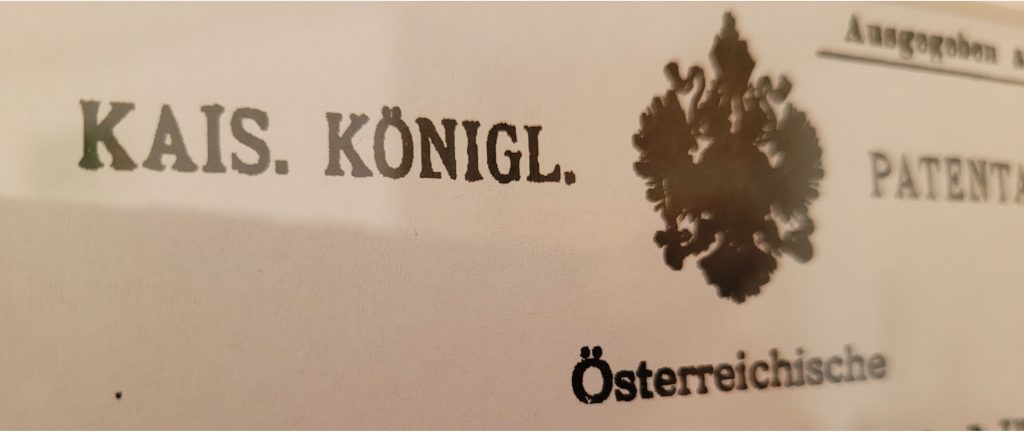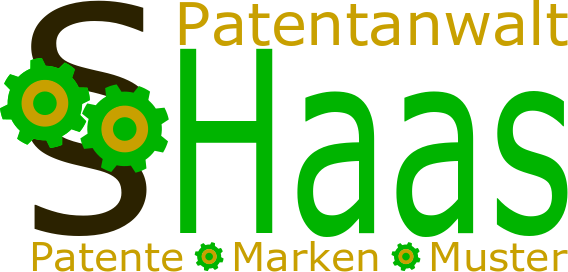
Similar to patents, utility models are granted for technical inventions if they are new, involve an inventive step and are susceptible of industrial application. In contrast to patents, the patent office does not check these requirements during the registration procedure, but only the formal aspects of the application. Nevertheless, the relevant state of the art is researched and cited for information. Publications by the applicant before the filing date are also part of the state of the art, although these can be disregarded in the six months before the filing date.
After the successful completion of the registration procedure, the utility model is registered and published, which enables the utility model owner to exclude third parties from operationally manufacturing, placing on the market, selling or using the object of the invention as well as importing or owning it for the purposes mentioned. In Austria utility models can be issued for devices as well as processes, with a maximum term of 10 years. In order to maintain a registered utility model, fees must be paid regularly.
After a utility model has been registered, it can be challenged during the entire term via a nullification request so that the utility model can be deleted where applicable.
